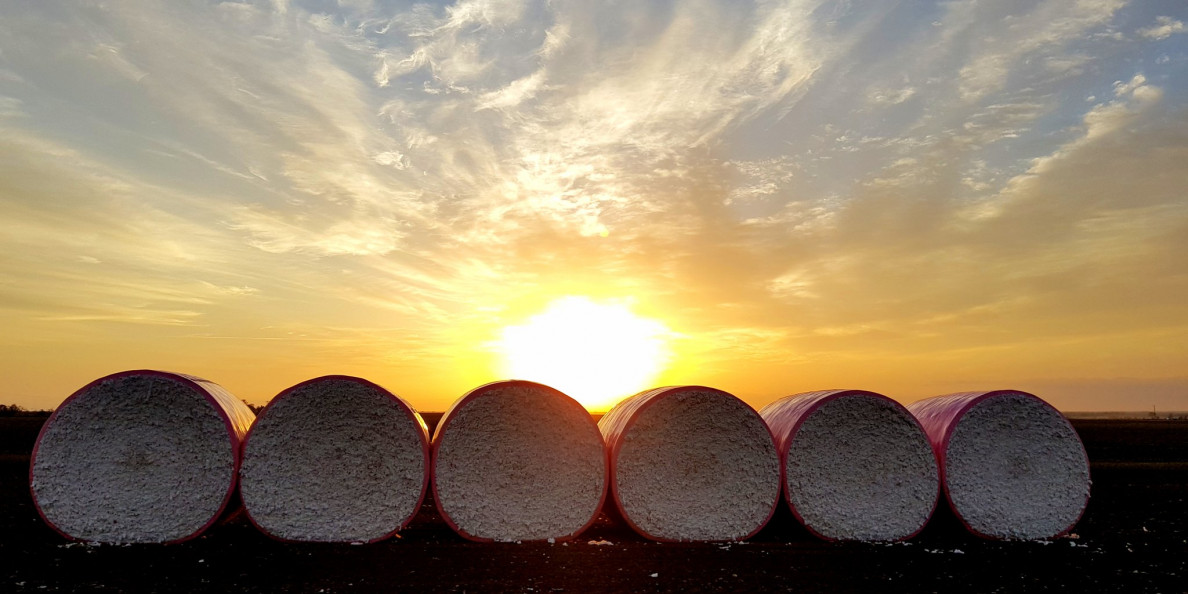Cotton futures have been trading at the highest prices in about a decade, partly responding to rising demand in China due to the increase in US exports to China, which is a curiosity about the trade war policy of the Trump era.
The most active US cotton futures traded on the Intercontinental Exchange ICE 3.27%
On Tuesday, the pound rose 3.8% to $ 1.09, the highest level since September 2011. Prices have risen 22% in the last 11 sessions.
Eventually, clothing prices can rise.
Prices for other raw materials, such as wood, soared this year as demand was high and supply chain twists prevented them from reaching customers who wanted them. Prices for other US crops, such as corn and wheat, soared this year amid drought conditions in the United States and abroad. Cotton shows the unexpected impact that trade policy can have on prices.
Last year, President Donald Trump banned the import of cotton clothing and other products from the United States from China’s largest cotton-producing region, the Xinjiang Uygur Autonomous Region. At that time, the government said there was evidence that the product was made by forced labor by Uighur ethnic groups.
If the cotton itself is from elsewhere, US companies can still import cotton products made in China. As a result, China imports cotton (mostly from the United States) to manufacture and return goods.
China’s willingness to import cotton is partially met by cotton produced in the United States. According to the USDA, the pace of US exports and sales of cotton to China has been 83 since the launch of the new market on August 1. It is% higher than this time last year.
“If you can’t use cotton from the Xinjiang Uygur Autonomous Region, you’ll need to import more cotton and yarn,” said Peter Egli, Head of Risk Management at Plexus Cotton Ltd.
Egli added that China also meets the needs of cotton from other important exporters such as India.
In a policy speech on Monday, US trade representative Katherine Tai said the US would begin new trade negotiations with China while maintaining tariffs on Chinese imports.
Beijing has defeated international criticism of the treatment of Uighurs in the Xinjiang Uighur Autonomous Region through Facebook, Twitter and big-screen promotional activities. This is how the campaign for Western brands in China is aimed at domestic and foreign viewers.Photo: Thomas Peter / Reuters
According to the latest USDA outlook, China’s cotton consumption in the current marketing year is expected to be 41 million veils, equivalent to about 8.9 million metric tons. This has increased by 24% over the last two years, in part due to the surge in consumer goods demand after the pandemic.
According to the Commodity Futures Trading Commission, fund traders are increasing their bullish bets as US farmers begin to harvest their crops. According to the USDA report, the national cotton harvest is 13% complete and the crops being harvested look good. 62% are in good or good condition, compared to 40% at this time last year.
Jack Scoville, an analyst at Price Futures Group, said:
“China is becoming more active in the global market,” he said, adding that the United States can provide the quantity and quality of cotton that China desires.
Still, China’s strong demand for cotton and other raw materials can decline. Power outages have swept the Chinese state, and the government may force factories to close to save energy. Beijing’s National Bureau of Statistics reported Thursday that the country’s manufacturing activity shrank in September, ending an 18-month expansion streak.
“Electricity distribution will constrain industrial activity until demand weakens and the domestic electricity market returns to equilibrium,” Julian Evans Pritchard, senior China economist at Capital Economics, said in a memo last week. rice field.
Source link Cotton prices soar to the highest level in 10 years


